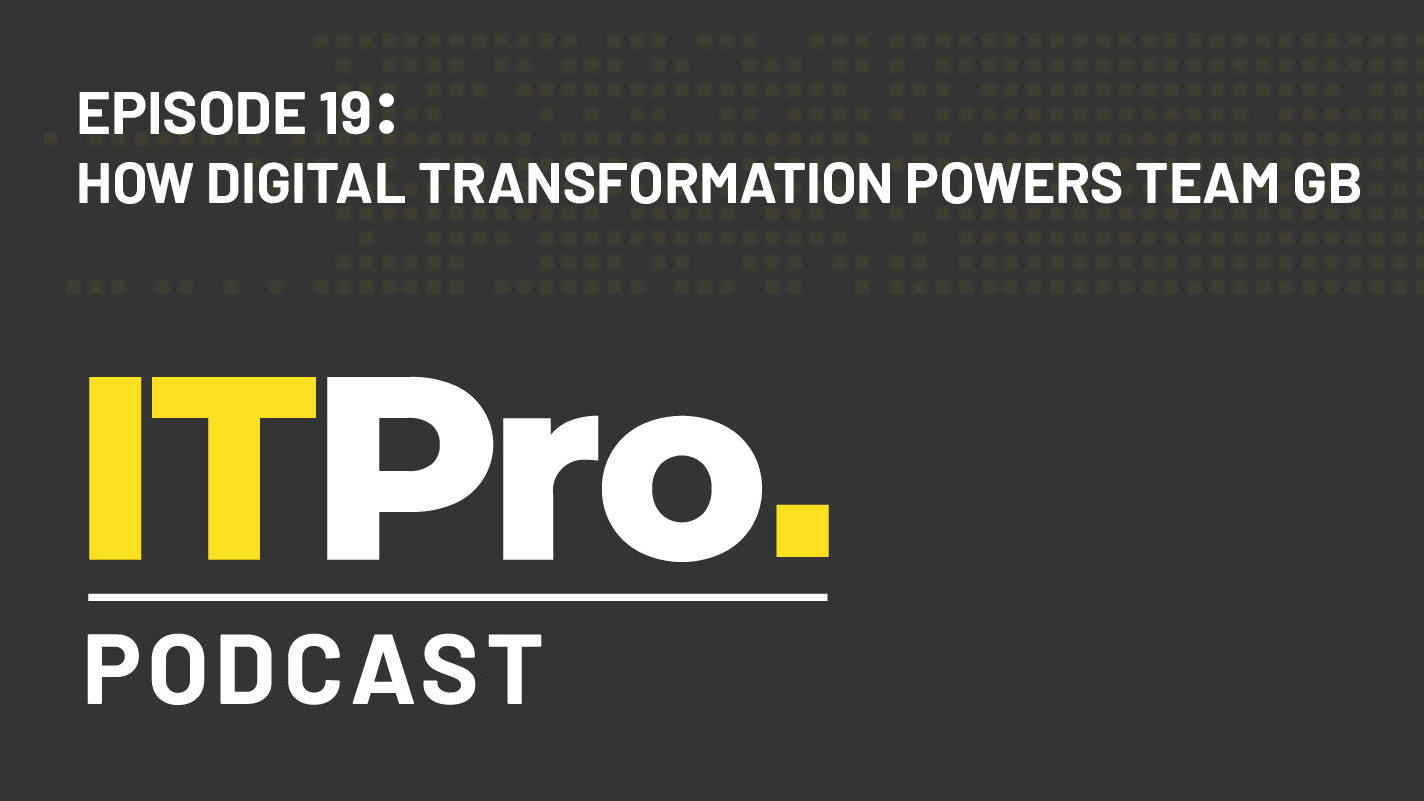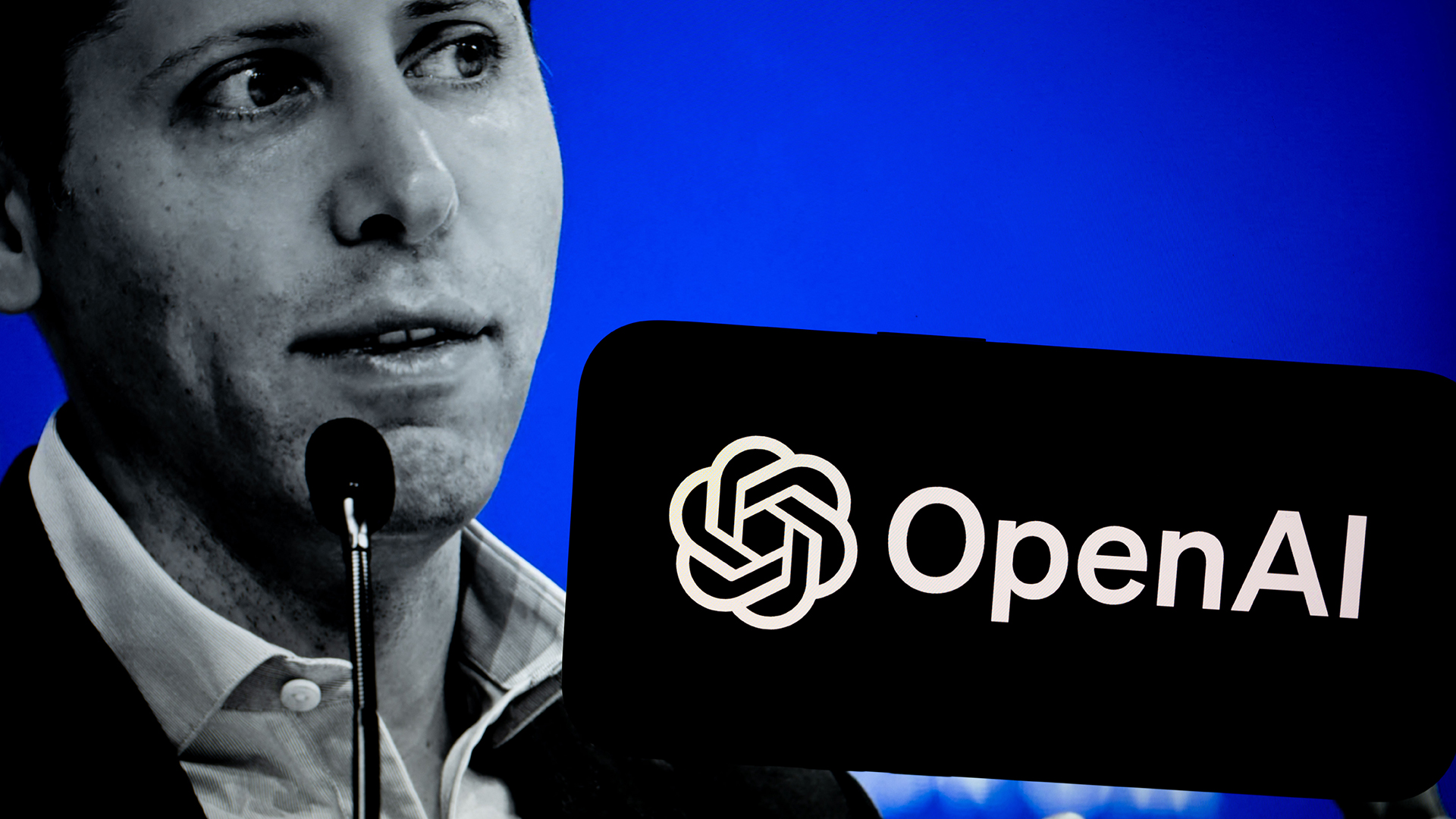Bridging the data gap to digitise Britain’s railway system
Rail Delivery Group CIO Simon Moorhead discusses how pandemic has turbocharged digital transformation projects


One of the keys to firing up Britain’s economy as we come out of lockdown is revving up its transport network. Remote working has become a fixture, and will long continue post-coronavirus, but getting back to the workplace will represent a major step in reclaiming a sense of normality. With new requirements, such as social distancing, the rollout of new technologies will play a big role in helping the railway system get back on its feet, CIO of the Rail Delivery Group (RDG), Simon Moorhead tells IT Pro.
Contrary to the tales of slowdown experienced by many businesses, the organisation that orchestrates the services at the heart of Britain’s railway system, has – like many public sector organisations – found its digital transformation plans accelerating as a result of the pandemic.
Unlocking data for real-time insights
One of the ways these plans have become reality already is the release of an alerting system that informs passengers when individual stations and rail services are busy. The hope is to give travellers the tools to avoid crowds where possible, with accurate information allowing them to make informed decisions. While the information is currently static, meaning it doesn’t respond to real-time changes, the eventual goal is to deliver it live.
“[The tool] will grow its functionality, and will be providing those sorts of services through National Rail Enquiries,” he says. “I think, where we start to look beyond that, we get into the world of integration APIs, trying to unlock some of the rich data that we have across the rail industry.”
Currently, the tool can alert passengers through Facebook Messenger, with individuals able to customise the alerts they receive based around their needs. Work is underway to add a ‘live’ service, taking advantage of the industry’s pool of expertise currently building telemetry into almost every touchpoint for customers, Moorhead explains, whether that’s the train system itself, signalling or the facilities on platforms and stations. One of the key barriers, however, is defragmenting the railway system, with data hoarded away in silos, as a result of the way the railway system has been built over decades.
“We’re sort of upheaving those decades of legacy, as it were, to try to then surface some of the data that sits in those systems” he adds. “And that’s where I think the API story comes in. It allows us to disaggregate the changes that we might need to make on the back-end of the systems with the things that then we can present to customers in a different way.”
COVID-19 – a catalyst for change
Sitting at the heart of Britain’s railway system, the RDG is tasked with running a range of services for customers, including curating journey plans, offering information about stations, running railcards, and co-ordinating ticket booking systems. There are inevitably a host of issues that have arisen as a result of passenger numbers plummeting in the wake of the coronavirus crisis, with services across the country operating with far fewer passengers and reservations down to as low as 2% versus normal times.
Sign up today and you will receive a free copy of our Future Focus 2025 report - the leading guidance on AI, cybersecurity and other IT challenges as per 700+ senior executives
Nevertheless, there has been a conscious push, as a result of the pandemic, for the railway system to adopt smarter ticketing. Asked whether COVID-19 had disrupted the RDG’s digitisation plans, as it has done with so many UK businesses, Moorhead says that, ironically, the pandemic has served as means of speeding up delivery on certain projects that were already on the roadmap.
“There is an increased appetite both to promote simplification and to promote changes to the way we operate to try to accelerate the pieces of work that we were trying to do anyway,” he explains. This has largely come about due to emergency measures that were implemented, temporarily suspending franchise arrangements.
“I’ve been genuinely impressed by how my teams and how the whole of our organisation and industry has moved to a different form of interacting during this time. I see people engaging on the same content, delivering the same projects, but with a different form of engagement. And actually it’s become second nature to us.”
Commercial blockers
The RDG has been on its digital transformation journey for nearly a year and a half, with the organisation working with providers like software firm Mulesoft. The first project, a new railcard offering, launched towards the end of 2019, with the second and third stages of the partnership now well underway.
The second stage centres on developing APIs that bring together data from various sources around the rail network, and package this in a way that it can then be used by third-party retailers or train companies. The benefit of pooling together data from various sources also feeds into the group’s ambitions to build a reservations system, so customers can book seats in a far more dynamic way, including while a train is in transit. Where the API element of this comes into play is being able to connect this back-end software as a service (SaaS) tool with retailers who can then present that to customers.
Among the greatest barriers is freeing the data that already exists from the various silos throughout the rail network. The rail industry is highly fragmented, with many moving parts running in tandem, not to mention the fact it’s inundated with legacy technology and infrastructure. There are also significant commercial and contractual barriers.
“Because of the legacy of the industry, quite a lot of the work has been done in silos because people are doing the best they can within the scope of what they’re trying to deliver,” he says. “The realisation, as we move more into a digital world and we’re trying to pull reporting, or alerting, or status information in a much more integrated way … is that actually there are so many blockers there that aren’t just technical blockers.”
RELATED RESOURCE

The IT Pro Podcast: How digital transformation powers Team GB
We find out how Britain’s Olympic team and others are using software to drive efficiency
FREE DOWNLOAD
The peskiest blockers are commercial contracts, Moorhead explains, with terms drawn up preventing the sharing and reuse of valuable data. One measure, in response, has been to create a data council, backed by the Department for Transport (DfT), that aims to take a cross-industry approach to promote open data. Far from being aspirational, this group is taking concrete action to make sure these principles are included in commercial agreements.
“Open is likely to mean accessible but within a framework for being able to use that data. And sometimes that then allows the people who can offer the data to cover the costs or sometimes there may be a premium or a commercial offer that goes with that. But it's the principle of making sure that the data becomes accessible, and then can be reused by participants across the industry.”
Future-proofing the railways
Looking to the future, Moorhead adds his digital vision hinges on its ability to execute and co-ordinate many different players. That said, while the RDG sits in the axis of the entire rail network, it doesn’t actually control many of these moving parts. Part of the challenge will be offering incentives to get companies to buy into open data, and the overall vision. Security is also a major hurdle, with concerns increasing the more that data is opened up. These concerns are largely for the medium-term, with the RDG still very much in the early stages of its overall digital transformation journey.
“There is a momentum behind some of the work that we’re doing at the moment, and you can easily see how this industry can take advantage of the digital transformation that has gone across other industries,” Moorhead adds. “And, actually, coming back to APIs, interfaces, opening up data, that’s one of the reasons that I’m so passionate about this because, actually, this is an enabler for moving to that space where we have digital disruption, we have common or controlled access to information that, then, can be made available to much more rapid development of those new propositions for customers.”

Keumars Afifi-Sabet is a writer and editor that specialises in public sector, cyber security, and cloud computing. He first joined ITPro as a staff writer in April 2018 and eventually became its Features Editor. Although a regular contributor to other tech sites in the past, these days you will find Keumars on LiveScience, where he runs its Technology section.
-
 2025 marked the beginning of the end for OpenAI
2025 marked the beginning of the end for OpenAIOpinion OpenAI has its fingers in too many pies and it’s rapidly losing favor with consumers and enterprises alike
-
 Will 2026 be another challenging year for technology?
Will 2026 be another challenging year for technology?Feature SMBs will be looking at how they can prepare for the challenges ahead, from global regulations to AI implementation to digital IDs…